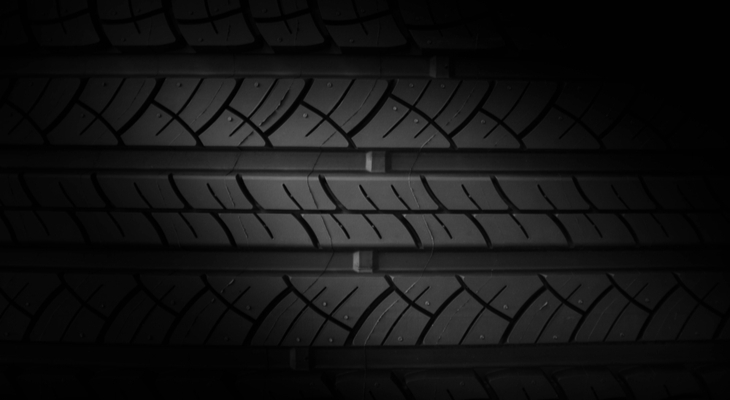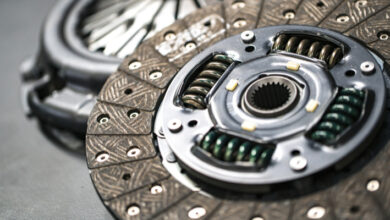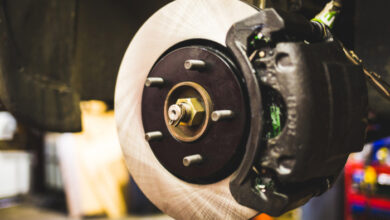When Should You Get New Tires?

According to the NHTSA (National Highway Traffic Safety Administration), many of today’s vehicle accidents can easily be avoided if old and worn tires are replaced before they become a hazard on the road.
Since mid-May and early October is considered to be ‘blowout season’, everyone should check the state of their tires regularly to eliminate issues that lead to serious injuries and fatalities.
Having said this, here is some basic information that everyone should know about tire maintenance and replacement.
When should you get new tires?
To prevent encountering any unnecessary problems on the road today, you must become familiar with the basics of tire maintenance and replacement guidelines.
Even though some of these guidelines may vary from one situation to the next, there are some things that are virtually the same. For instance, check for these signs to see if it is actually time to get a new tire.
- The tires on your vehicle are bald
- The tires on your vehicle’s side walls have visible gouges or cracks in them
- The car that you are driving is constantly shaking
- The tires on the vehicle that you are driving have passed the treadwear warranty.
- One of the tires that you are constantly driving on is a spare tire (i.e. donut tire).
- The tread on one or more of your tires is worn down to the wear bar
- The cords on your tires are visible to the naked eye cords or can be seen during an inspection
How long do tires usually last?
The lifespan of a tire usually varies based on a number of different essential factors.
Therefore, every vehicle owner must determine which factors affect the tires that they have on the cars or trucks that they drive. Based on the information that was shared by card.com, the tires on a new vehicle are expected to last about 50,000 miles or more.
These numbers are also dependent on several criteria, including the following:
- Quality of the tires
- All-Seasonal vs Summer tire
- Miles Driven
- Proper maintenance and inspections
- Keeping the tires inflated regularly
- Tread Depth
- Regular Wheel Alignments
- Manufacture Dates
How to check the manufacturing date
Because there are many different factors that determine how long a tire will last, you need to learn as much as you can about each tire and its history.
This is especially the case for those of you who are concerned about buying tires that have already begun to dry rot on the shelves in your local stores.
To avoid these and other similar problems, check the manufacturer’s born date. You can find this information by following the instructions below.
- Turn your tire around so that the edge of the rim is easily seen.
- Look for the serial number on the tire that begins with the letters DOT (first 3 digits – signifies compliance with the Department of Transportation laws and regulations)
- Look to the right of the ‘DOT letters for the series of numbers that indicate the week made and the year made (last 4 digits). For instance, if the last 4 digits in the serial number on the tire is ‘2118’, your tire was made in the 21st week of 2018.
Causes for premature wearing
Keeping your tires in good condition requires a certain amount of maintenance on your part.
Therefore, you need to know how to prevent premature wear and tear on your tires before these problems.
- Check your tires regularly to eliminate issues with underinflation or low tire pressure. On average, your tires normally lose at least 2% of their air pressure monthly.
- Use the same size tires on each side of the vehicle. Since mix matches can cause significant air pressure changes over time, you can prevent the added unnecessary wear and tear that’s caused.
- Look for mechanical problems that is related to spotty and diagonal wear and tear.,
- Make sure the seating of the tire to the wheel flange area is accurate.
How to inspect your tires
As referenced above, your tires should always be replaced if the wear and tear compromise your safety on the road.
In fact, you can do this inspection at home by performing the penny test to measure the treads depth. Here are the steps.
- Insert a penny inside of your tire’s tread groove
- Make sure Lincoln’s head is placed upside down and facing you.
- Look at Lincoln’s head to see if it is completely visible.
- If Lincoln’s entire head can be seen, it is time to replace your tires (tread depth is less than 2/32nd inches.
Bottom Line
Paying close attention to your tire’s performance and their replacement is essential to safe driving on the city streets and highways.
Also, learning everything that you can about how to identify the born date on your tires, how long your tires should last, and what causes extra wear and tear will not only save you money but also prevent injuries and fatal accidents from happening.
Need new tires? Then make sure to check out our guide on the best all season tires.



